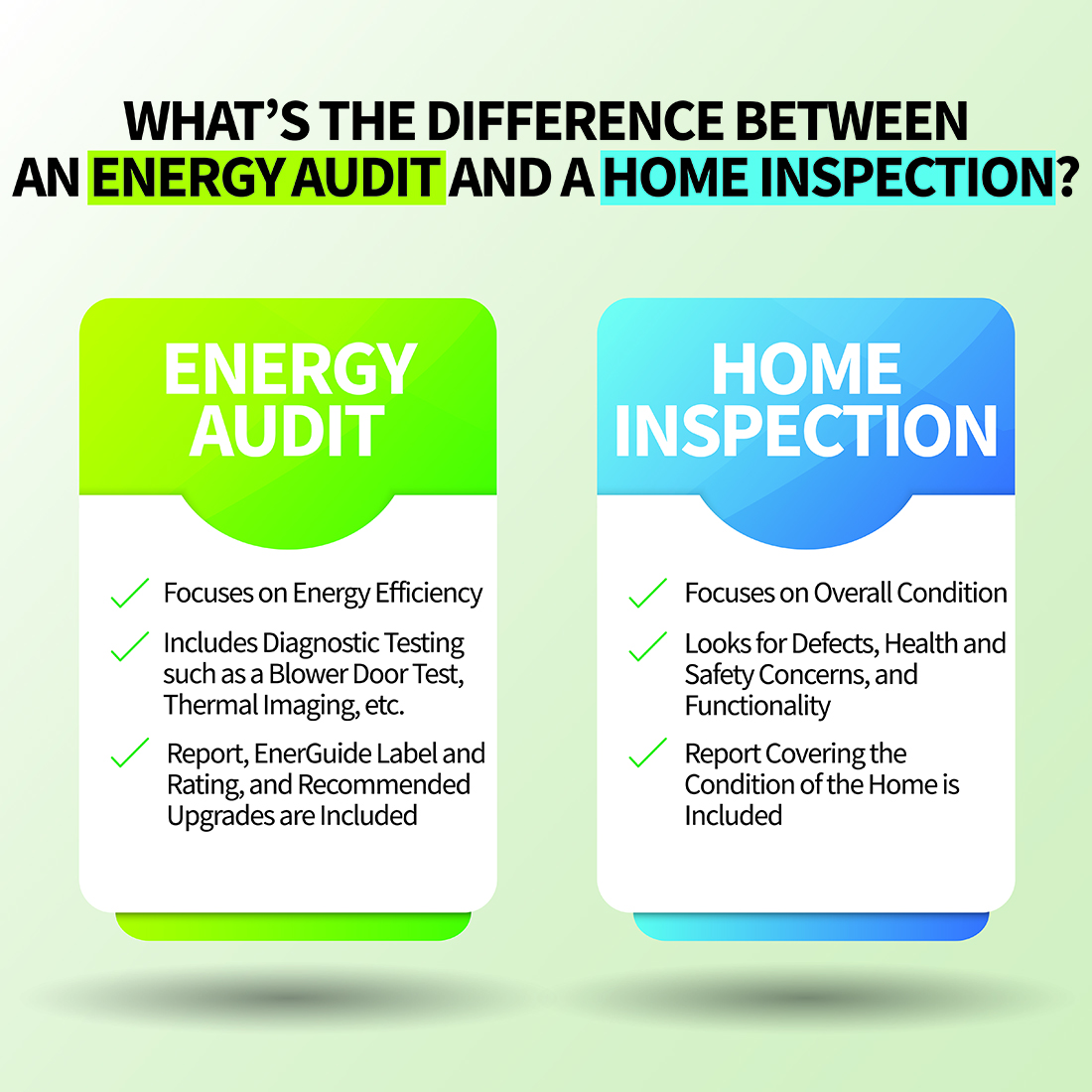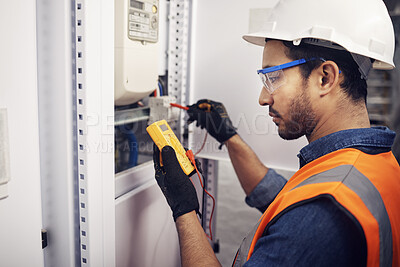Never feel a draft again with help from energy testing
Never feel a draft again with help from energy testing
Blog Article
The Function of Energy Screening in Accomplishing an Airtight Option for Your Residential property
Power screening is important for homeowner seeking to produce a closed environment. It identifies air leaks and ineffectiveness that can compromise power performance. Typical perpetrators consist of voids around doors and windows. Making use of approaches like blower door tests and thermal imaging, house owners can gain understandings into their residential or commercial property's susceptabilities (air tight solutions). Comprehending these searchings for is crucial. What actions should be taken once air leaks are recognized? The answers hold the trick to enhanced comfort and cost savings
Recognizing Energy Screening and Its Importance
Energy testing plays an important role in assessing the airtightness of frameworks and buildings. By gauging air leak, this method offers vital understandings into a residential property's power effectiveness, thermal convenience, and total performance. Airtight buildings decrease energy usage, ensuring that heating & cooling systems operate effectively. This screening process normally includes strategies such as blower door examinations, which develop a regulated setting to recognize unplanned air pathways.Understanding the value of energy testing extends past conformity with building regulations; it fosters a proactive approach to sustainability. Recognizing air leaks early can result in timely remediation, inevitably boosting indoor air quality and reducing energy prices. Furthermore, power testing contributes to the long life of building materials by lessening wetness accumulation and relevant damage. As understanding of environmental influence boosts, energy screening ends up being a crucial device for builders and homeowners intending for high-performance residential or commercial properties.
Usual Sources of Air Leaks in Quality
Recognizing typical sources of air leakages is important for enhancing a building's energy efficiency. These leakages often occur in numerous areas of a structure, considerably affecting heating and air conditioning costs. Usual offenders consist of voids around doors and home windows, where seals may degrade gradually. Furthermore, electric outlets and switches can produce pathways for air exchange if not properly shielded. Cellars and attics are likewise regular resources, especially where wall surfaces fulfill the roofing or the structure. Various other prospective leak factors consist of plumbing infiltrations, airing vent systems, and the areas bordering chimneys. Moreover, older buildings may struggle with deteriorated structure products, raising vulnerability to air seepage. By acknowledging these common sources, homeowner can take positive actions to seal leaks, thereby enhancing general energy efficiency and convenience within their spaces. Resolving these concerns is an essential part of developing an impermeable service for any type of building.
Techniques of Energy Testing: Blower Door and Thermal Imaging
Reliable power testing methods, such as blower door examinations and thermal imaging, play an essential function in detecting air leaks within a home. The blower door test includes pressurizing or depressurizing a building to measure airflow and determine leaks. A calibrated fan is mounted in an exterior entrance, and the resulting pressure difference highlights locations of undesirable air infiltration. This technique evaluates the general airtightness of the structure.Thermal imaging matches blower door examinations by aesthetically discovering temperature level variations on surface areas, revealing surprise air leakages. Infrared cams record heat loss or gain, permitting specific identification of problem locations, such as improperly insulated walls or voids around windows and doors. energy testing. With each other, these approaches give a complete analysis of a residential property's energy efficiency, enabling homeowner to deal with air leaks efficiently and boost general performance
Advantages of Identifying Air Leaks
Identifying air leakages uses considerable advantages for energy effectiveness and indoor comfort. By sealing these leakages, buildings can decrease energy usage, leading to lower energy costs and a minimized carbon footprint. Additionally, improved airtightness adds to a more steady interior setting, boosting general convenience for owners.
Energy Performance Improvements
Identifying air leaks is vital for boosting energy effectiveness in structures. Identifying these leakages allows homeowner to resolve areas where conditioned air runs away or unconditioned air gets in, resulting in substantial power financial savings. By sealing fractures and spaces, buildings can keep a regular temperature level, reducing the demand on heating and cooling down systems. This not just reduces power bills yet additionally minimizes the environmental impact linked with increased energy consumption. Additionally, power effectiveness renovations add to a structure's total sustainability, making it an extra eye-catching alternative for eco-conscious buyers or renters. Ultimately, prioritizing air leakage detection and remediation helps optimize power use, advertises liable source administration, and supports long-term monetary benefits for homeowner.

Enhanced Indoor Comfort
Dealing with air leakages not just brings about energy savings but likewise considerably improves interior convenience. When air leaks are efficiently determined and secured, temperature level law within a building becomes more effective. This causes regular interior temperature levels, removing cool drafts in winter season and warm areas in summer season. Improved insulation additionally decreases sound pollution from outside, creating a quieter and more relaxed living setting. Furthermore, enhanced air quality is achieved by reducing the infiltration of outdoor toxins, irritants, and moisture, adding to the total well-being of occupants. Consequently, homeowners experience an even more pleasurable environment, fostering relaxation and productivity. Ultimately, correcting and identifying air leakages is essential for attaining suitable indoor convenience throughout the year.
Exactly How Power Testing Boosts Comfort and Indoor Air Top Quality
Energy testing plays a crucial function in enhancing temperature level policy within interior areas, ensuring a comfy and regular atmosphere. By securing and determining air leaks, it likewise greatly minimizes the infiltration of contaminants, thus boosting indoor air high quality. This twin impact fosters general health for residents.
Improved Temperature Level Regulation
Efficient temperature guideline substantially adds to both comfort and indoor air high quality, making it an important emphasis for modern-day building layout. Energy testing plays a vital role in accomplishing this guideline by determining locations where warmth loss or gain occurs, allowing for targeted enhancements. By making sure a closed structure envelope, power testing helps preserve regular interior temperature levels, reducing the demand for too much home heating or air conditioning. This stability improves passenger convenience, as variations in temperature level can cause pain and dissatisfaction. Additionally, effective temperature control can enhance interior air top quality by lowering the threat of condensation and mold and mildew growth, which thrive in unequal temperature conditions. As a result, energy testing is necessary for maximizing temperature level administration in commercial and domestic properties.
Lowered Toxin Seepage
While several aspects contribute to interior air high quality, lowered contaminant infiltration attracts attention as a crucial element that energy testing can substantially enhance. Energy screening recognizes air leakages and weak points in a building's envelope, which might enable outside contaminants, allergens, and wetness to enter interior areas. By sealing these leakages, residential properties can link efficiently restrict airborne contaminants, leading to a much healthier environment. Enhanced airtightness not just improves comfort however also lessens the burden on home heating and cooling down systems, causing energy financial savings. Additionally, lowered contaminant infiltration promotes far better overall wellness for passengers, as cleaner air advertises respiratory health and wellness and lowers allergy signs and symptoms. As a result, power screening plays a critical duty in developing both a health-conscious and energy-efficient home.
The Financial Influence of Power Screening on Utility Costs

Actions to Take After Energy Testing Results
When energy testing outcomes remain in, homeowners ought to very carefully review the searchings for to establish the most effective path forward. The initial step entails recognizing the locations that call for renovation, such as air leakages or insulation shortages. Home owners ought to then prioritize repair work based upon the severity of the issues and their possible influence on power efficiency.Next, it is a good idea to seek advice from specialists that focus on energy efficiency to create other a thorough action strategy. This may include solutions like sealing voids, including insulation, or updating windows and doors.After carrying out the needed modifications, a follow-up power examination can establish the performance of the repairs. Continuous tracking is likewise vital to assure that the residential property preserves its closed standing gradually. By complying with these actions, house owners can considerably enhance their property's power performance, leading to decreased energy expenses and boosted comfort.
Regularly Asked Concerns
Just how Typically Should I Conduct Energy Checking on My Residential or commercial property?
The frequency of power testing must generally be every couple of years, or following substantial remodellings. Normal assessments aid identify performance enhancements and assure that the home keeps perfect power performance with time, adapting to altering problems.
Is Energy Testing Necessary for New Constructions?
Power screening is vital for brand-new building and constructions, as it identifies potential air leakage and insulation concerns - air tight solutions. Executing these examinations guarantees energy performance, boosts interior comfort, and meets building ordinance, ultimately resulting in long-lasting expense financial savings
Can I Execute Power Testing Myself?
Energy testing usually needs specialized devices and proficiency. While some property owners may attempt basic evaluations, specialist solutions assure exact outcomes and reliable recognition of issues, ultimately bring about far better power effectiveness and comfort in living areas.
What Is the Price of Specialist Power Screening Solutions?
The expense of professional power screening solutions typically varies from $300 to $1,500, depending upon home dimension, complexity, and area. House owners should consider possible power savings when evaluating the financial investment in these services.
For How Long Do Power Testing Outcomes Usually Last?
Power testing results generally remain legitimate for one to three years, relying on elements like structure modifications and environmental changes. Routine updates are advised to ensure precision and maintain effective power efficiency requirements. Effective energy screening methods, such as blower door examinations and thermal imaging, play an important duty in diagnosing air leaks within a property. Identifying these leakages permits property owners to attend to locations where conditioned air leaves or unconditioned air gets in, leading to significant energy cost savings. Power screening determines air leakages and weak factors in a building's envelope, which may enable outside contaminants, irritants, and moisture to enter indoor areas. As home owners significantly seek to decrease their energy costs, the function of power testing comes to be crucial in identifying ineffectiveness and leaks. House owners need to after that focus on repairs based on the severity of the problems and their potential impact on energy efficiency.Next, it is advisable to consult with professionals that specialize in power performance to devise a dig this complete activity plan.
Report this page